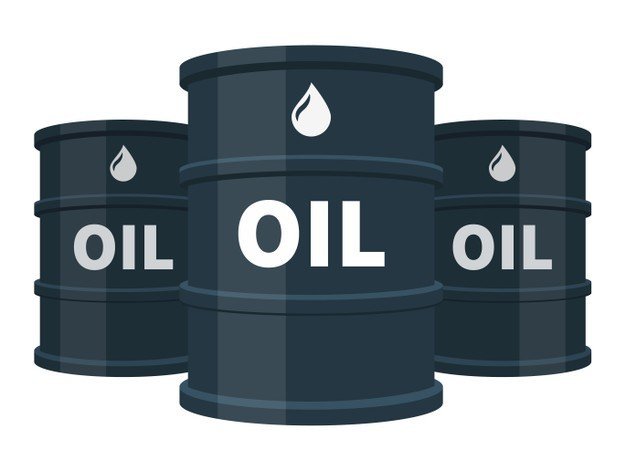Oil, which has seen new highs, pulled back on Monday as it awaited the outcome of this week’s talks between Iran and world powers that are likely to boost global crude oil supplies.
Brent crude futures fell 66 cents, or 0.9%, to $71.23 as of 0645 GMT for August, after hitting $72.27, its highest level since May 2019. for July, West Texas Intermediate (WTI), which touched $70 for the first time since October 2018, was down 52 cents, or 0.8%, to $69.10 per barrel.
By the time WTI reaches $70, investors are expected to have sold some contracts for profit. The return of Iranian oil to the market is alarming, but a deal before the Iranian presidential election is not expected.
Data showing a 14.6% year-on-year decline in China’s crude oil imports on Monday also put pressure on prices. This data does not match positive expectations about demand.
However, Brent and WTI have risen in the past two weeks as fuel demand has recovered in the US and Europe as governments eased COVID-19 restrictions ahead of the summer season.
Analysts expect global oil demand to surpass supply in the second half as OPEC+ producers gradually ease supply cuts.
The slowing of talks between Iran and global powers to revive the 2015 nuclear deal and the decline in the number of US drilling equipment also supported oil prices.
Iran and global powers will participate in the fifth round of negotiations in Vienna on June 10, which may include Washington’s lifting of economic sanctions on Iranian oil exports. The European Union envoy, who is coordinating the negotiations, said he believes an agreement will be reached in this week’s talks, while some senior diplomats said that the most difficult decisions are still waiting for a solution.
Analysts expect Iran, which will go to the presidential election on June 18, to increase its production by 500,000 to 1 million barrels per day after sanctions are lifted.
In the United States, the number of operating oil and gas rigs fell for the first time in six weeks as growth in drilling slowed.
This indicates that US oil drillers are not willing to increase US oil production, reducing the risk of oversupply in the global oil market in the second half of 2021.

